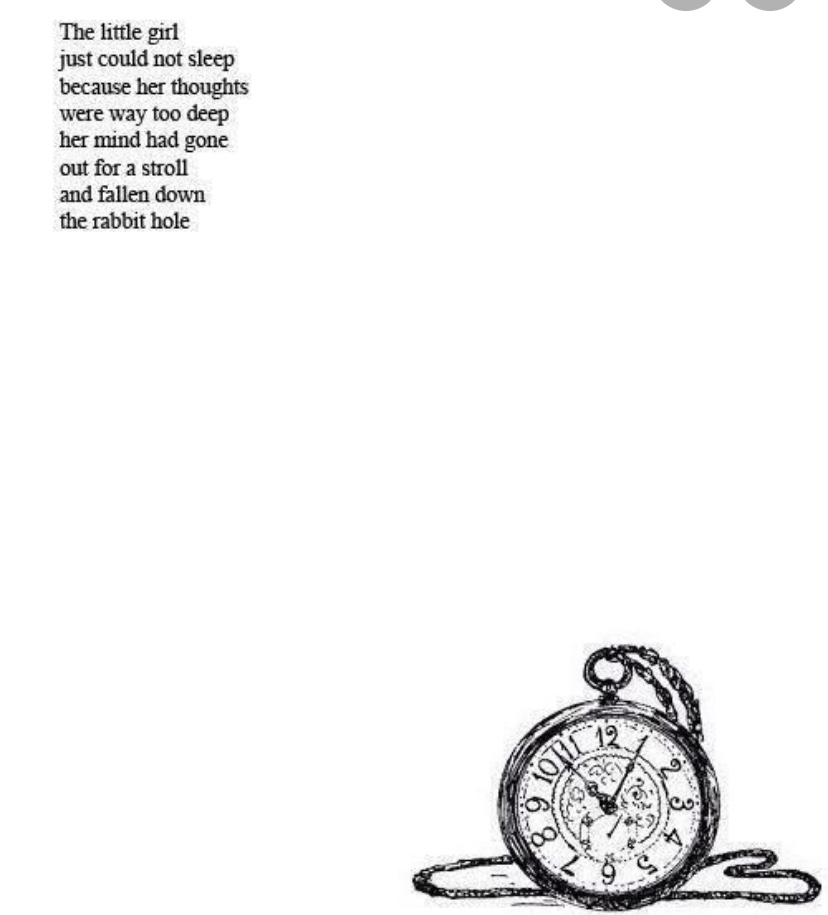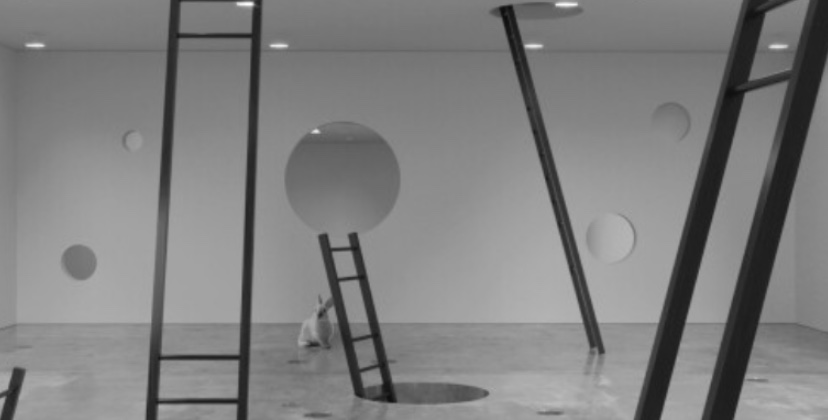This is the story of RABBIT HOLE – Part VIII
RABBIT HOLE shooting was scheduled for the weekend immediately following Thanksgiving break. Choreographers that were available to come join us knew our schedule, dancers were rehearsed, and I had the transportation figured out. Over the break I reached out to Ron, and found out that, unfortunately, he had COVID. Thank goodness it ended up being a fairly mild case (I mean, he felt awful, lost his sense of taste and smell, and was dead to the world for 2 days, but he didn’t have to be hospitalized and was able to quarantine effectively) and after a lot of COVID quarantine math we figured out that he would still be able to shoot on our schedule, as long as he felt ok. But after that I got several emails from students about their own positive tests or exposure to positive family members. By the end of the holiday break, I had 5 dancers that were in quarantine, and by Friday, the first day of our shoot, there were 4 more (that’s 9 people of 26, in case you needed help keeping track. Sigh.) In the middle of all of this, my husband unknowingly became exposed to COVID at work, which wouldn’t directly affect me or RABBIT HOLE, but certainly added stress to both of our workloads that month.
I wanted to give up. It just felt like… is this what we should really be doing while kids, friends, and family members are sick?
At this point, one of our guest choreographers and my good friend from a past life, Ian Howe, came to town to help me with the shoot and meet his dancers. He saw how much I was struggling and just asked “do you think what you’re doing is ok?”
And then I went back to how I started this whole process. Truthfully, the way we set it up the entire shoot would be socially distanced, the amount of people involved was minimal, it was all outside, and everyone would be masked at all times except for the performer when they were performing, distanced from the crew. I even had a method for allowing dancers to remove their masks and receive their mask again without coming within 6 feet of me or any other crew member. Truth be told, this was safer than almost anything else most of these kids were doing, including going to school.
And I also remembered the coyote’s blessing.
“yes, I think this is ok.”
“Ok then, let’s do it.”
Up until the night before and all the way through the first day of shooting I was in contact with students, their parents, our school nurse, our choreographers, and school administrators about our shoot schedule and who was clear to be there and who wasn’t. We shuffled the schedule so that kids that would be out of quarantine over the weekend could shoot on Sunday and absolutely ANYONE that we could shove into the Friday schedule we did, just in case they were to have symptoms later on. We ended up shooting 12 solos in one, very long, very productive day that started with an insanely cold morning and ended with a warm Texas sunset. We got up for a half day of shooting just 7 solos on Sunday, and Ron agreed to work with us for one more half day to get the last 7 in. The students that were quarantined that weekend or not eligible academically would get a later shoot date, I just had to wait and see when the last one that went into quarantine would come out, and once I had that cleared, on a very cold and rainy day in mid-December we finished the final 7 solos.
Looking back, it doesn’t surprise me at all that were able to do it, but at the time it seemed actually impossible, and it was incredibly nerve-wracking. What if someone got sick after the shoot? What if dancers couldn’t handle the workload if they had a positive case? What if we did all this and the end result was… not good? I’m still not really sure how we managed it, but the dancers showed up and did their absolute best and we were left with an insane amount of footage that I was privileged to edit with Ron over just a few days later.
RABBIT HOLE was a fascinating, exciting, and time-consuming process for me, and while I saw and knew the work the dancers were putting in, I was so consumed with the global view of the project that I couldn’t see all the detailed work they were doing. I told them that they just had a minute solo, so they needed to polish it and be responsible for every moment and every detail. They did that and so much more.
As a part of their shoot the dancers not only filmed their solo but also some short phrase work, movement, and acting that would pull all the solos together. RABBIT HOLE begins by showing each dancer in their location and in their character, and they all take a moment to quickly look away from the camera as if someone is calling them from a far-off distance. I encouraged each dancer to think about how to do this in their character, and as I watched each dancer’s “look footage” I saw each of them, through their expression, through their eye contact, through little movements they added in, (the pull of a skirt, the dart of their eyes, the jerk of a shoulder), consider their character and add it in to the moment. I didn’t set that, I didn’t prescribe that, and their choreographer didn’t even really know we would do it. This was completely the dancers’ creativity, and this sequence of looks takes us straight into the series of solos.
RABBIT HOLE ends after the final solo with a combined sequence that shows each dancer performing part of a longer phrase in their location that concludes with them looking across the horizon, making eye contact with the camera, and then walking away from the lens. The dancers had full control of the movement quality they used, their tempo, and any added characteristics they might put into their movement. One of the dancers had a costume that included a red heart drawn on her palm, and she chose to show her palm with the heart as she walked away from the camera. Another dancer twiddled her hands behind her back while walking away, an image she took from her solo choreography and brought back into this moment. Another dancer took a few steps, looked back with a laugh, and then kept walking. Again, no one told these dancers how to do these things. They spent time with this very small, very confined piece of art that they were responsible for, and they created these moments.
Back in October Ron had shown me the “Rabbit Hole” in the park. An area of trees that had a small clearing for a small train track in the middle of it. As the track exits the trees, they are trimmed so that it looks like a circle, like a hole of some kind. I decided to use this location for one of my soloists, who depicts an abstract version of the white rabbit from Alice in Wonderland. This soloist is the first to appear onscreen at the beginning of RABBIT HOLE, is the last soloist, and she ends the entire piece by simple walking away from the camera and toward the hole, and through Ron’s movie magic, disappearing. As we sat to edit to see if these plans would work, we saw the magic that all the dancers and especially our literal rabbit hole moment brought to the screen.
These dancers weren’t afraid of the camera or performing for it. They weren’t shy about being themselves and bringing out their characters. They didn’t complain about the cold or the rain or the uneven ground. They committed down to the smallest detail to their part of this larger movement, bigger idea, and complete project.
We’d never done anything like that before.

A few months later, while Ron was filming something for our theater department, he was back in Trinity Park. And he sent me a text.
“The rabbit hole is gone!”



